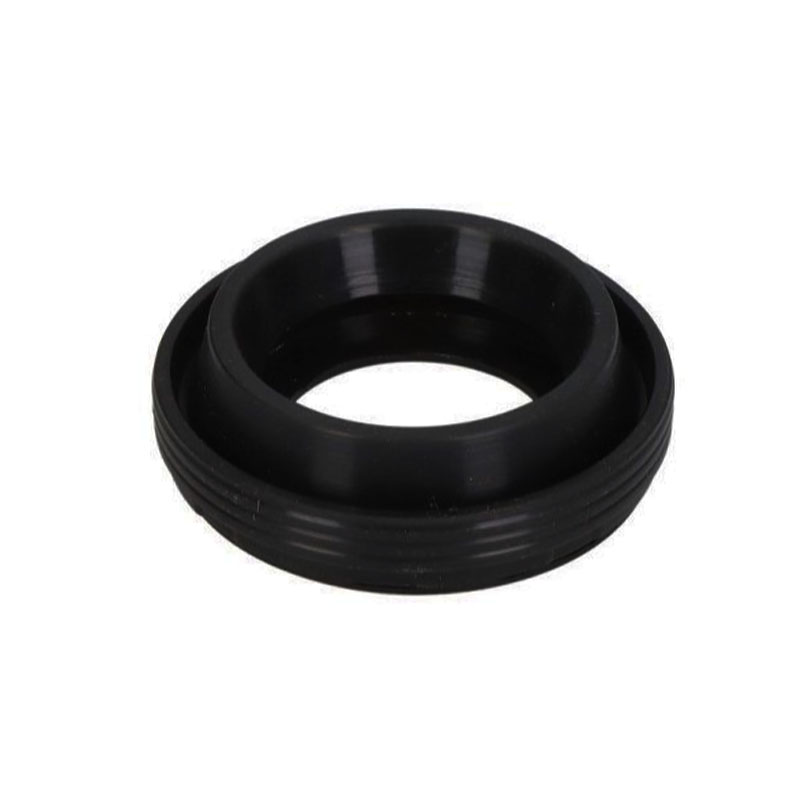cassette oil seal
Understanding the Importance of Cassette Oil Seals in Machinery
In the world of mechanical engineering and vehicle maintenance, the importance of components such as cassette oil seals cannot be overstated. These small yet vital components play a crucial role in ensuring the smooth operation of various machinery and engines. Understanding their function, construction, and the challenges they face can aid in better maintenance practices and overall efficiency.
What is a Cassette Oil Seal?
A cassette oil seal, often referred to as a cup seal or simply an oil seal, is designed to prevent the leakage of lubricants while simultaneously keeping contaminants out of essential machine components. The construction of a cassette oil seal typically involves a rubber or polyurethane body, which provides flexibility and resilience. The inner edge of the seal is engineered to fit snugly around the rotating shaft, creating a barrier to oil leakage.
One distinctive feature of cassette oil seals is their integrated design, which facilitates easier installation. They often boast a metal casing that provides structural support and a lip that interacts with the rotating shaft. This design minimizes wear by allowing for a smooth, low-friction surface that accommodates the dynamic movement of the shaft while ensuring a robust seal.
Functions and Benefits
The primary function of a cassette oil seal is to contain lubricants within the moving parts of machinery, such as engines, gearboxes, and other rotating equipment. Lubricants are essential for reducing friction between moving components, thus preventing overheating and wear. Maintaining an appropriate level of lubricant is crucial for the longevity and efficiency of the machinery.
In addition to retaining lubricants, cassette oil seals also play a protective role. They guard against the infiltration of dirt, dust, and other contaminants that could interfere with the operation of gears and bearings. Contaminated lubricants can lead to accelerated wear, potential failure of components, and costly repairs or replacements.
cassette oil seal

Challenges Faced by Cassette Oil Seals
Despite their robust design, cassette oil seals encounter several challenges in their operational environment. One major issue is wear and tear due to environmental factors such as temperature fluctuations and exposure to chemicals or oils. Over time, the seal material can degrade, leading to leaks.
Another critical factor is the alignment and installation of the seal. Improperly installed seals can lead to premature failure, which may result in leaking fluids that can cause extensive damage to the engine or machinery. Therefore, correct installation, including alignment and securing practices, is essential for the longevity of cassette oil seals.
Maintenance and Replacement
Regular maintenance is key to extending the life of cassette oil seals. Checking for leaks and signs of wear can help identify potential issues before they escalate into significant problems. Depending on the application and the environment in which the machinery operates, it may be necessary to replace oil seals at regular intervals.
Selecting the right oil seal for a given application is also crucial. Factors such as size, material composition, and sealing lip design must be considered to ensure optimal performance. Advances in manufacturing technologies have led to improved materials that withstand higher temperatures and more aggressive chemicals, leading to enhanced performance.
Conclusion
Cassette oil seals are an essential yet often overlooked component in the machinery and automotive sectors. Their primary function of preventing lubricant leaks and blocking contaminants is vital to maintaining operational efficiency and prolonging the life of mechanical systems. Understanding the significance of these seals, along with the challenges they face, is critical for proper maintenance practices. By choosing the right seals and adhering to rigorous installation and maintenance standards, operators can ensure the longevity and reliability of their machinery, ultimately leading to greater productivity and reduced downtime.
-
Understanding Automotive Oil Seals: Essential Components for Engine and Shaft Protection
News Jul.30,2025
-
The Importance of Heavy Duty Seals in Industrial and Residential Applications
News Jul.30,2025
-
Exploring Industrial Oil Seals: From Felt Oil Seals to TTO and CFW Solutions
News Jul.30,2025
-
Essential Guide to Oil Seals: From Radial to Metal-Cased Seals for Industrial Reliability
News Jul.30,2025
-
Choosing the Right Oil Seals and Gaskets for Industrial and Automotive Applications
News Jul.30,2025
-
Cassette Seals: Durable Sealing Solutions for Harsh Environments
News Jul.30,2025
-
Understanding the Front Main Engine Seal: Purpose, Maintenance, and Installation
News Jul.29,2025
Products categories















